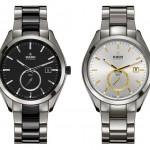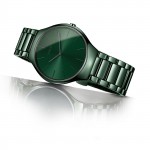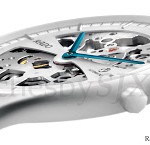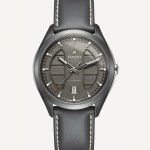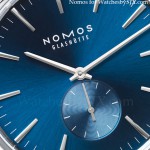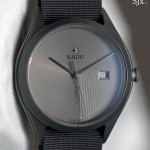Up Close With The Rado HyperChrome Brown Ceramic (With Original Photos & Price)
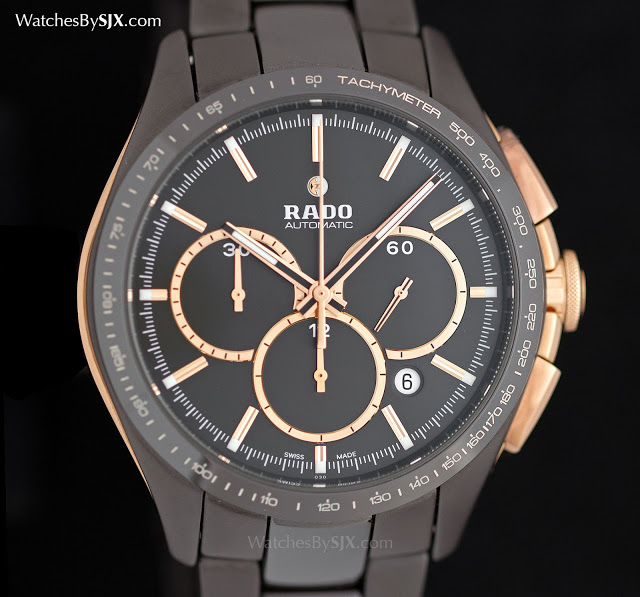
A pioneer in the use of ceramic for watches, Rado unveiled its first chocolate ceramic watch cases at Baselworld 2015 with the HyperChrome Brown Ceramic.

Rado‘s latest addition to its palette of ceramics is dark, matte brown. Introduced at Baselworld 2015, the HyperChrome Brown Ceramic (offered as a chronograph, automatic and automatic with diamonds) combines chocolate ceramic with rose gold accents, a surprisingly appealing look that’s different from the usual black or white ceramic watches. Starting in the 1960s Rado began to use uncommon, scratch-resistant materials for its watch cases, starting with tungsten carbide in 1962. Rado’s first ceramic watches hit the market in the 1980s, making it the first Swiss watchmaker to use the material (Seiko got there first with its shrouded 600m dive watch of 1965). The HyperChrome Brown Ceramic continues that tradition with brown ceramic watch cases. Because of the nature of the material – ceramics aren’t available in the bright colours coated metals are – the brown ceramic is dark with a hint of grey, a subtle shade of brown that does not look overly fashionable. The flagship model of the new brown ceramic line-up is the HyperChrome Tachymeter Brown Ceramic Automatic Chronograph, a limited edition of 999 pieces. Unusually for a chronograph, it has a clean dial with much less clutter than the average chronograph. That increases its visual appeal but reducing its functionality.
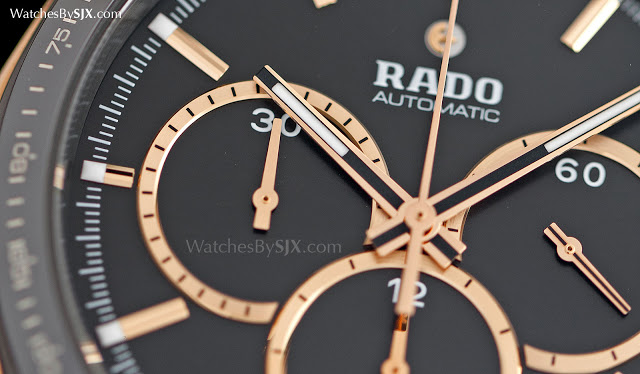
The lack of markings mean chronograph registers are harder to read, and because the three counters overlap, certain sections are illegible. The hands with black lacquer are descended from the the originals that Gerald Genta designed for the Omega Constellation in the 1950s that had black onyx inlays for the hands and hour markers. Overall, it is an attractive, albeit impractical look. Despite being 45mm in diameter, the brown ceramic case does not seem large, likely due to its dark colour. It has a matte finish, as do the outer links of the bracelet, with contrast coming from the polished bezel and bracelet centre links. The rose gold crown and pushers are plated rather than solid gold, one reason for its relatively affordable price tag.
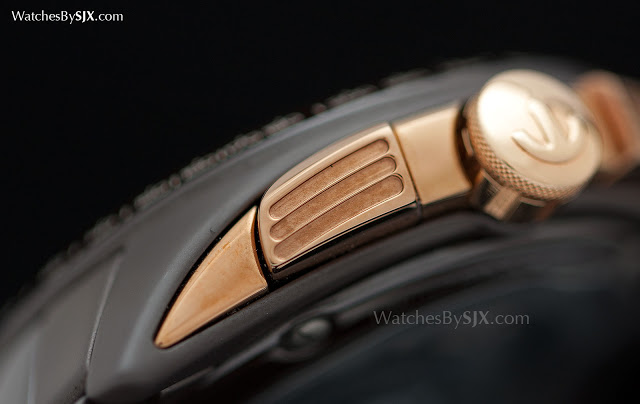
Like most other ceramic watch cases, this is made via sintering, a process of baking ceramic powder in an oven that compacts and hardens the resulting shape. The result is a hard and dense case, but the downside are relatively wider tolerances compared with metal parts. This is evident in the fit of the bracelet to the case. But this is characteristic of all ceramic cases made this way, and not a criticism of this watch.
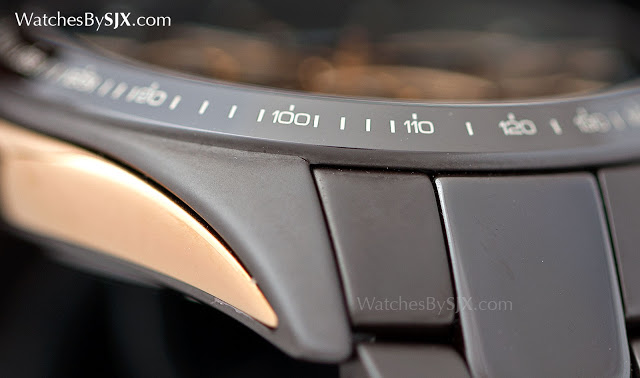
The HyperChrome Tachymeter Brown Ceramic Automatic Chronograph is powered by an ETA 2894, which is the ETA 2892 movement with a chronograph module on top. It’s a reliable movement that will elicit no complaints. Also in brown ceramic but with slightly different surfaces finishes is the Rado HyperChrome Brown Ceramic Automatic. This has a glossy finish on the case and bracelet outer links, while the centre portion of the bracelet is matte. Despite being 42mm in diameter, this wears relatively small, again due to the dark colour of the case. Inside is an automatic ETA 2892. This is part of the regular collection.
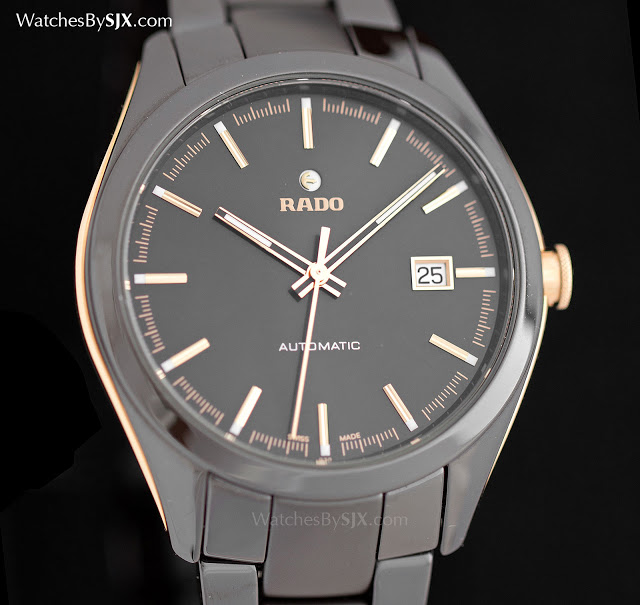
The last in the line-up is the Rado HyperChrome Diamonds Brown Ceramic Automatic. A limited edition ladies’ watch, this has a bezel set with 56 diamonds totalling 0.834 carats. The case diameter is a modest 36mm, with the self-winding ETA 2681 inside. This is limited to 600 pieces.
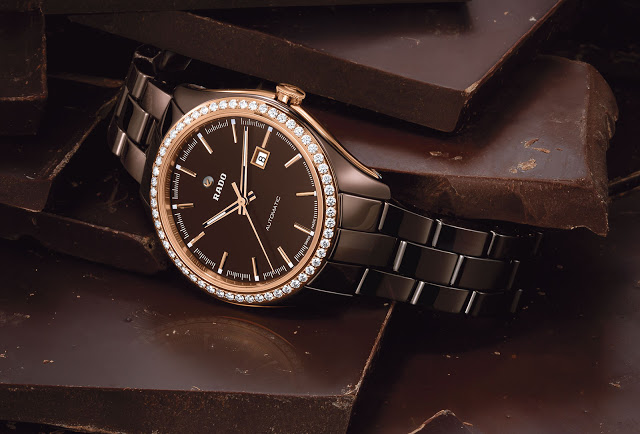
As ceramic watches go, the HyperChrome Brown Ceramics are affordable. The HyperChrome Brown Ceramic Chronograph retails for S$6920 or US$4800, while the HyperChrome Brown Ceramic Automatic costs S$5150 or US$3650.
Back to top.
